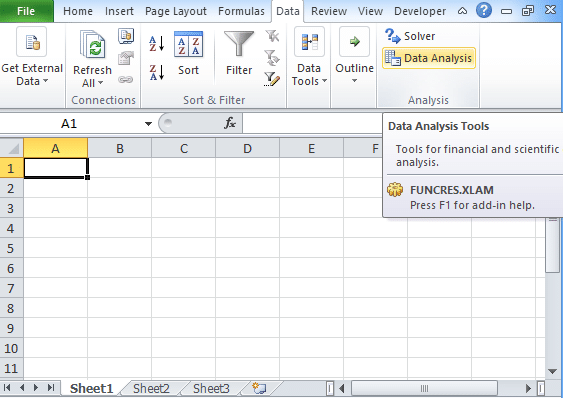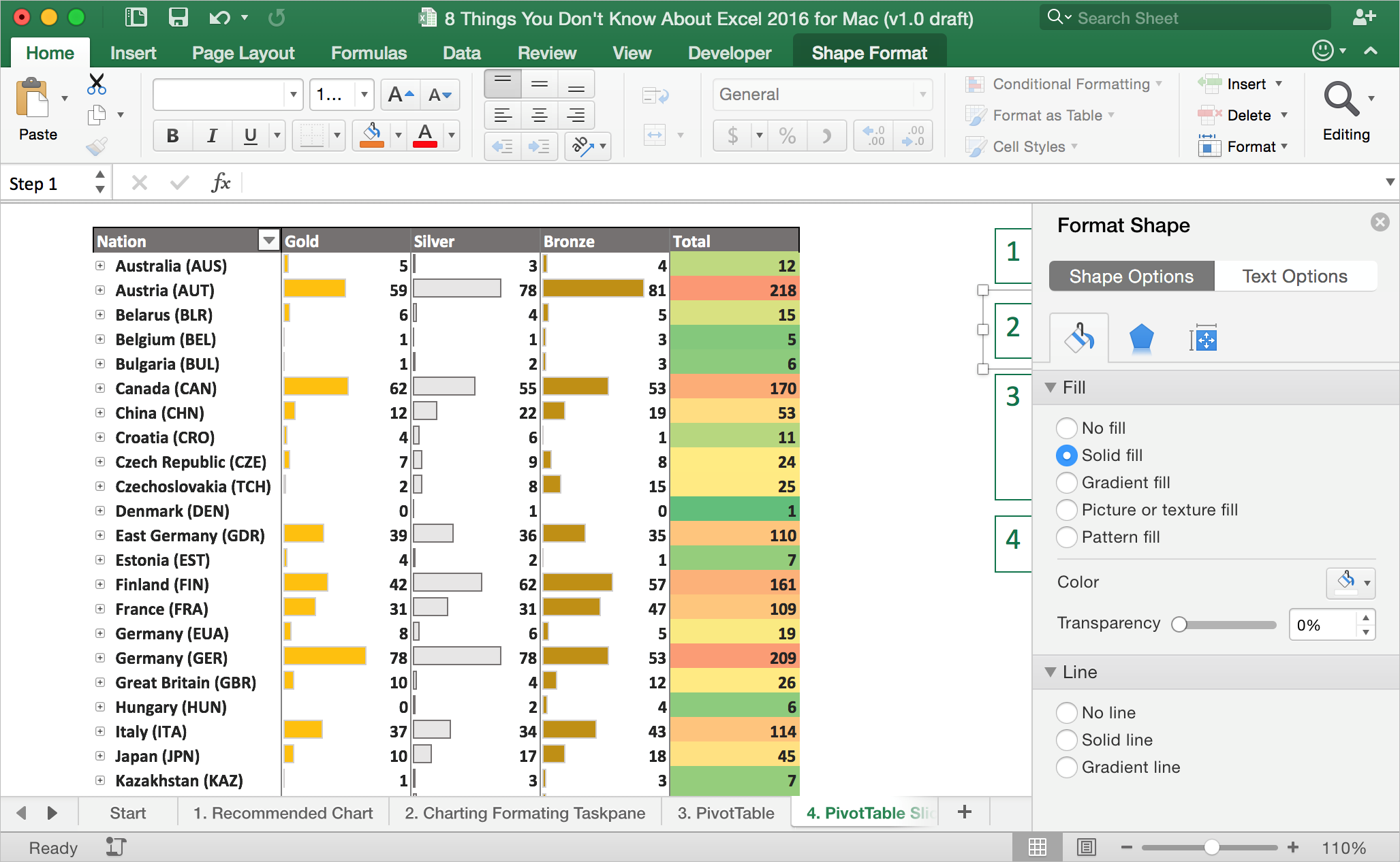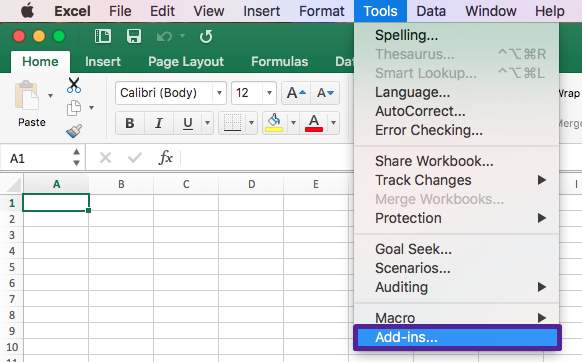

When you're ready, select Return Data. The Import Data dialog box appears. You can change the SQL statement as you see fit. In the left pane, navigate to the table you want, and then select it.Ĭonfirm the SQL statement on the right pane. Under Authentication, select a method from the list: Username/Password, Kerberos, or NTLM.Įnter credentials in the User Name and Password boxes. Get this information from the database administrator. Select Data > From SQL Server ODBC. The Connect to SQL Server ODBC Data Source dialog box appears.Įnter the server in the Server Name box, and optionally, enter the database in the Database Name box. To ensure the connection is working, enter some data, and then select Connections > Refresh. The Import Data dialog box appears.Ĭhoose where you want the data to be added: either on the existing sheet, on a new sheet, or in a PivotTable. You can also convert the data after you import it. You can further set the date format and select Advanced to change numeric data settings. If you chose Fixed width on the first page, follow the instructions to create, delete, or move a break line in the Preview of selected data box.įor each column under Preview of selected data, select it, and then change it to a different column format if you want. In Text qualifier, select the character that encloses values in your text file, which is most often the quote (") character. Select Treat consecutive delimiters as one if your data contains a delimiter of more than one character between data fields or if your data contains multiple custom delimiters. If you chose Delimited on the first page, under Delimiters, select the delimiter character or use the Other check box to enter one not listed. In most cases, you can leave this setting at its default. Row Number In Start import at row, select a row number to specify the first row of data that you want to import.Ĭharacter Set In File origin, select the character set that is used in the text file. Tip Repeatedly check the Preview of selected data pane to confirm your choices.įile Type To choose the type of text file, select Delimited or Fixed width. If the Grant File Access dialog box appears, select Select, and then select Grant Access to the top-level folder containing the data source files.
#Bring data analysis in excel for mac how to#
Here we discuss how to use the Excel Data Analysis Tool along with excel examples and a downloadable excel template.If you get a security warning about external data connections being disabled, select Enable Content. This has been a guide to Data Analysis Tool in Excel.

Under T-test, you will three kinds of T-test select the first one, i.e.

Step 2: Once you click on Data Analysis, you will see a new dialogue box. Step 1: Select the Data Analysis option under the DATA tab. Look at the below data of two teams scoring pattern in the tournament.
#Bring data analysis in excel for mac download#
You can download this Data Analysis Tool Excel Template here – Data Analysis Tool Excel Template T-test Analysis – Example #1Ī t-test is returning the probability of the tests.


 0 kommentar(er)
0 kommentar(er)
